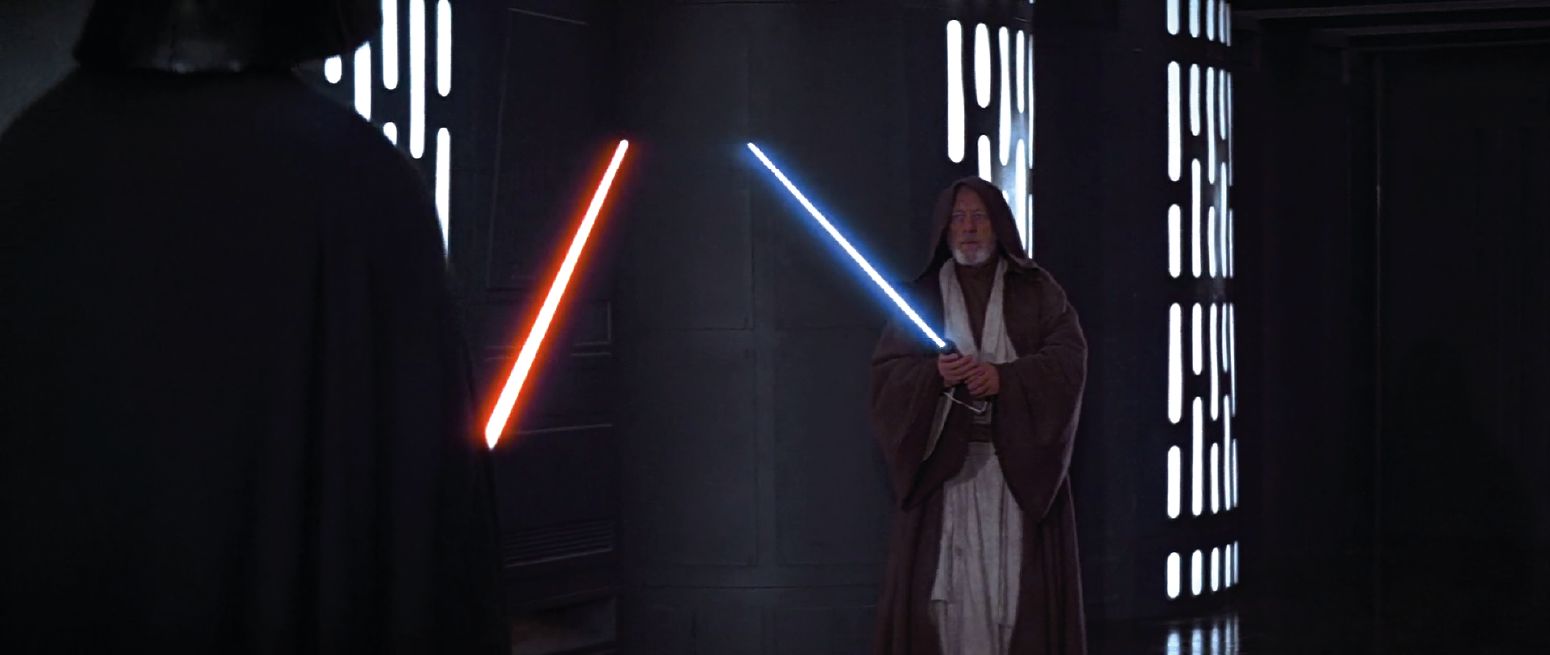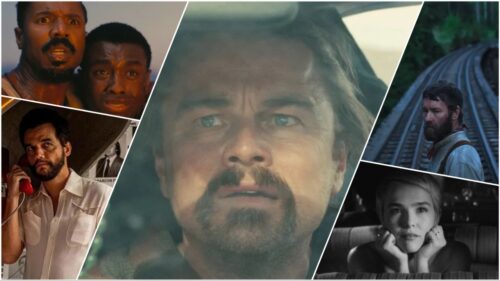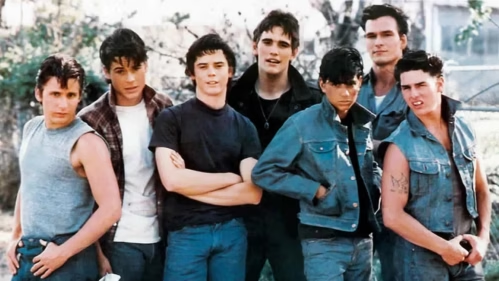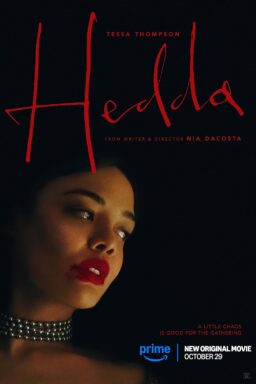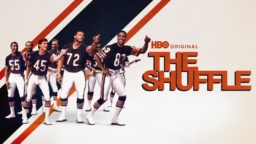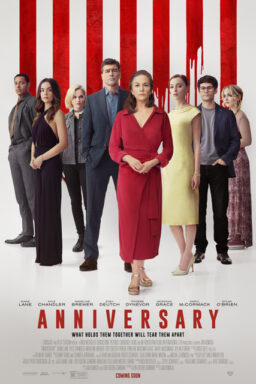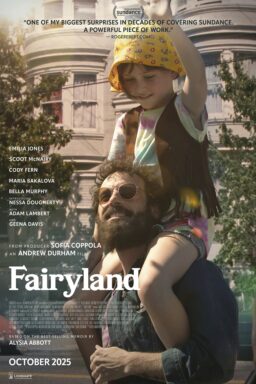Lightsaber duels hold a special place of reverence in the “Star Wars” universe. For fans, the debate endlessly rages as to which is the
“best” duel. The duels are epic moments that, with a few exceptions, occur at
the climax of the movies. But though each “Star Wars” movie includes at least one
lightsaber duel (or two, or five) there is a great element of disparity between
their use in the original “Star Wars” trilogy and the prequels. Obviously, the
prequels have taken their share of lumps over what makes them such poor films,
but homing in on the differences between the use of the duels in each trilogy
helps illuminate one of the reasons why the prequels fall flat compared to the
original films.
In the original trilogy, the most important element to each
lightsaber battle is how it continues character development and reinforces
theme. Each duel almost feels like a duet in a musical, where two characters’
pent-up emotion translates into song when words fail them. Here, the characters
must instead communicate through combat. There is a very specific connective
tissue that can be drawn between all three lightsaber duels from “A New Hope”
through “Return of the Jedi,” and each battle is the culmination of a part of a
character’s journey, in this case, Luke’s journey to becoming a Jedi.
This specificity of purpose and intent is absent from the
prequel duels. Like many elements of symmetry between the original trilogy and the prequels, superficial
elements are present: A Jedi versus a Sith, the color palette on display, very
often even the same limbs are lopped off … but the prequels lack the underlying
thematic depth that ultimately makes the original trilogy’s duels so memorable.
The first duel in the series, between Obi-Wan Kenobi and
Darth Vader on the Death Star, is a slow, almost meditative affair. It is
defined as much by the conversation the two men have as the blows they exchange.
In terms of technique, the choreography has more in common with the fencing in
films like 1940’s “The Mark of Zorro” than the wuxia-inspired acrobatics of the
prequel trilogy. The technical acumen on display is never as important as each
character’s journey. The fighting is measured and, despite Vader protestations
to the contrary, appears even-handed. There is grace and specificity to the
swordsmanship that tells us the story of their similar training. Suddenly,
Obi-Wan’s description of a lightsaber as an elegant weapon makes sense when
seen in the context of two knights fighting. Obi-Wan fights only as long as he
needs to, and then sacrifices himself in order to teach Luke the most important
lesson he can about being a Jedi: that their strength does not lie in physical
power.
Contrast this moment of the rejection of violence with the
duel at the end of “Star Wars — Episode I: The Phantom Menace.” Obi-Wan and Qui-Gon Jin square off
with Darth Maul, a character they’ve barely interacted with and shared
absolutely no dialogue with at all. There’s no room for talking or an
ideological conversation. The fighting is only on the physical plane, something
that Obi-Wan specifically refutes in his duel with Vader. The technique on
display, though impressive from a practical stunt perspective, doesn’t tell a
story in the same way that Obi-Wan’s duel with Darth Vader does. Instead of the
graceful movements of noblemen, both the Jedi and Darth Maul begin executing
interchangeable martial arts inspired sword techniques. The flourishes, flips,
and kicks would have more in common with the operatic choreography of “Crouching
Tiger, Hidden Dragon” if it had any amount of inner life humming through it. The
Darth Maul duel is often touted as the best in the prequels, perhaps due to the
presence of Darth Maul’s voiceless but striking figure, or the fast pace and
intensity. But from a storytelling perspective, it is actually the most
nonsensical of the duels in the prequels. There’s no weight to the proceedings,
no stakes to who will win, and no character being reinforced through how
they’re fighting.
Ironically, the duel does include one of the only moments of
the prequels communicating character through visual language rather than
stilted exposition. Near the end of the fight, the three characters are
separated by laser shields in a corridor. Darth Maul tests the shield with his weapon
and paces relentlessly, like a caged animal. Obi-Wan similarly stands anxiously
apart from the other two, worry for his master creasing his face. Qui-Gon,
however, sits quietly and meditates. In this one moment, he suddenly embodies
the peace of body and mind which defined the Jedi path in the original films.
The fight continues and the moment is forgotten. Qui-Gon is
slain, his death feeling far emptier than Obi-Wan’s sacrifice at the end of “A
New Hope.” Moments later, Obi-Wan slices Darth Maul in half, out of duty, desperation
and for revenge. It’s a shocking moment when considered in contrast to the
calm, noble Obi-Wan of the original film.
This contrast continues with “The Empire Strikes Back” and “Star Wars — Episode II: Attack
of the Clones.” Luke’s duel with Darth Vader, both his dream-duel on Dagobah and his
fight in Cloud City, happen because he allows his fear to drive his actions. On
Dagobah, he’s afraid to enter the cave without his weapons, even after Yoda
tell him to leave them behind. When he’s faced with his vision of Darth Vader,
he strikes him down, only to discover his own face behind the mask. It’s no
surprise; this was the lesson that Obi-Wan was trying to impart to him through
his sacrifice. Using violence to solve his problems will only send him down the
path to the Dark Side. He doesn’t learn his lesson yet, though. He runs to
Bespin to save his friends, thinking himself prepared.
Luke thinks he’s ready to face Darth Vader because he imagines
that he has mastered his fear. Instead he allows his fear to drive his every
action. He even draws his lightsaber first when he is confronted by Darth Vader, and
batters away at the Dark Lord, his untrained blows making him seem like he’s
using a broadsword rather than a lightsaber. The fight is nothing to Darth Vader. Compared
to facing a master like Obi-Wan, Luke’s wide, swinging blows are child’s play.
He uses one hand to parry Luke with little to no effort. The entire battle is
him toying with his son, testing his limits, but also humbling him. This is a
fight between a master and a novice. Luke pays the price for his hubris and letting
his fear guide him with the loss of his right hand.
Many of these superficial elements are once again purloined
by the prequels to create a symmetry when Anakin and Obi-Wan engage Count Dooku
on Geonosis: a brash Skywalker runs into battle with a Sith lord and pays the
price with the loss of a limb. Lucas even attempts to recall the iconic image
of Luke drawing his blade in front of Darth Vader in the carbon freezing chamber when
Anakin is left on his own to fight Count Dooku. Once again, though, the technique
between the fighters is practically interchangeable. In the strangest
superficial symmetry between the two movies, Count Dooku also uses only one hand with
his saber, the way Darth Vader does in his duel with Luke on Bespin. Here it’s not
meant to show contempt or superiority, it’s just the way he fights. With few,
if any, emotional stakes in the battle, it all comes across as flat and meaningless.
An already empty fight is then followed up by Master Yoda showing up to fight Count Dooku
in a flurry of CGI. The flipping around and fast-paced movements reach a nadir
at this point. It’s not just that Christopher Lee is now swinging around a sword
against a two-foot-tall CGI creature, it’s that having Yoda indulge in physical
violence is a dizzying misunderstanding of the Jedi philosophy that Yoda
espouses in “The Empire Strikes Back.”
Luke enters the Emperor’s chamber on the Death Star in “Return
of the Jedi” content with the idea that he is sacrificing himself to give his
friends a fighting chance to win the battle. He believes he’s finally
understood the lesson Obi-Wan was trying to teach him back in “A New Hope.” But
he succumbs to the master manipulations of the Emperor, and ends up drawing his
lightsaber in a desperate attempt to save his friends. Luke’s technique has
improved drastically. The duel is not of the artistry that Obi-Wan and Darth Vader’s
was on the first Death Star, but he holds his own. He’s turned his wide swings
and heavy attacks into choices rather than acts of desperation. When Luke pulls
back after realizing that fighting only gives the Emperor what he wants, Vader
goads his son into attack by threatening his sister. Luke taps into the same
hate and fear that has been fueling Darth Vader for so long, and strikes out with a
ferocious attack. All of Luke’s rage, fear and sadness manifests a sudden
onslaught of violent power. It’s incredibly similar to the way Darth Vader
overpowered Luke at the end of “The Empire Strikes Back.” The attack is too much for Darth Vader, and
he’s brought to his knees, where Luke disarms him, literally and figuratively.
The Emperor celebrates Luke allowing fear and hate to guide his actions, while
Luke stares at the stump of his father’s hand. He’s reminded of his own
mechanical hand and the price he paid for giving in to fear and violence. He
tosses his lightsaber away, and in that moment, understands the lessons of his
Jedi masters. For the first time, Luke confidently and truthfully calls himself
a Jedi. He has learned and accepted what Obi-Wan taught him through his
sacrifice back in “A New Hope,” and rejects the path of violence. It’s an
exceptionally powerful moment, one that was being built towards from the first
duel onwards.
There are so many duels in “Star Wars — Episode III: Revenge of the Sith,” it’s not really
worth breaking down every single one. There’s the shallow mimicry of the
Emperor’s throne room in “Return of the Jedi“ on General Grevious’ flagship, where Anakin
kills an unarmed man, Obi-Wan’s wacky duel with Grevious, Mace Windu’s
ill-fated fight with Palpatine, and then Yoda’s fight with Darth Sidious.
Finally, there is Obi-Wan and Anakin’s duel on Mustafar, where the same man
who would gladly sacrifice himself on the Death Star later chops off the limbs
of his former apprentice and leaves him for dead. It’s a sordid and ugly moment
that flies in the face of the poignant beauty of Luke’s embracing of the
peaceful path of the Jedi.
Every duel in “Revenge of the Sith” features the same martial art-quality,
acrobatic technique every Jedi or Sith exhibits in the prequels. Even in that
final duel, emotion becomes stripped away once the actual fighting starts. The
aesthetic of what looks cool becomes more important than communicating
character or story through the fights.
The stark differences between how lightsaber duels are used
in “Star Wars” is never clearer than when they’re juxtaposed in this way. If the original trilogy’s duels can be defined by character development and thematic
resonance, the prequels can be conversely defined by their lack of purpose or
depth. The varied technique on display in the original trilogy, from the assured nobility of
Obi-Wan and Vader’s first duel, to Luke’s hammering away at his father in rage,
tells a story. The moments and beats of each scene are calculated and specific.
The flashy choreography of the prequels, while impressive, is empty and
meaningless. They satisfy a desire to see sword fighting on an impressive
technical level but have little regard for what really makes a good sword fight
on screen work: high stakes and emotional investment. Rather than lend weight
and significance to the development of the characters on screen, the prequel
duels are perfunctory, flashy affairs that exist, like so many elements in the
prequels, as a means of calling back to the original movies without actually
having substance of their own.
With the advent of a brand new “Star Wars” trilogy upon us, the
new filmmakers have a decision to make about how they make use of lightsaber
duels and how they will function. “Star Wars: Episode VII – The Force Awakens” spends much of its
runtime harkening back to the original films. It’s an incredibly safe movie,
using the template of “A New Hope” to appeal to a fanbase that was burned by a
prequel trilogy that seemed to ignore everything they loved about “Star Wars.”
Director J.J. Abrams treats the climactic lightsaber battle with
museum-like respect in “The Force Awakens.” The choreography on display is more
akin to the Darth Vader & Luke duel in “Return of the Jedi” than it is the excessive
dance moves of the prequels. Abrams has both moments where he allows the sound
design to take over and where he lets the pulse-pounding John Williams score come
into play. It’s a mixture of old and new. There are even emotional stakes at
play. Rey and Finn have just witnessed Kylo Ren killing Han Solo. Finn, using a
lightsaber for only the second time in his life, is easily dispatched by the
trained, former-Jedi apprentice. Rey is similarly beaten back, though at this
point we know she is both a capable fighter and able to use the force in
tangible ways. Then, a key moment happens. Pushed against a precipice and being
told to join the dark side by Ren, Rey closes her eyes and appeals to the
force. What happens next is a concerning way of understanding, to paraphrase
Han Solo in the same movie, “how the Force works.” Rey’s appeal to the Force
manifests itself in an ability to out-fight Ren. Her technique doesn’t change
all that much, she still hammers away like Luke does when he was a novice, but
all of a sudden, her blows start landing.
It’s the kind of violence that Luke was only able to access
when he was filled with fear or anger. Rey isn’t a Jedi, so learning that
non-violence is their greatest tenet isn’t something she would know. But it is
something the filmmakers should understand. By representing Rey as someone who
has an easy ability to access the force, using skills that took Luke years and
years to hone, and then being able to outfight someone based on that skill,
they brush past all of the thematic development that was put into the original
trilogy about what it means to be a Jedi. Despite the concerns this raises as
to the filmmaker’s understanding of the function lightsaber duels held in the
original “Star Wars,” this could be rich storytelling territory. A brash, young
apprentice who is already swaggeringly confident in the force and has to be
reined in by Luke sounds like the kind of story the prequels were trying to
tell between Anakin and Obi-Wan.
It’s difficult to be too critical of the arc of the
characters and themes in “The Force Awakens” since the trilogy has two more films to go.
Rey’s arc, despite purposefully mirroring Luke’s in so many ways, will shift
and change. It remains to be seen how lightsaber
battles will be used and composed in the future films, and if they will reach
the storytelling highs of the original trilogy, sink low in excess like the
prequels, or exist somewhere in between, the way the duel does in “The Force
Awakens.”
